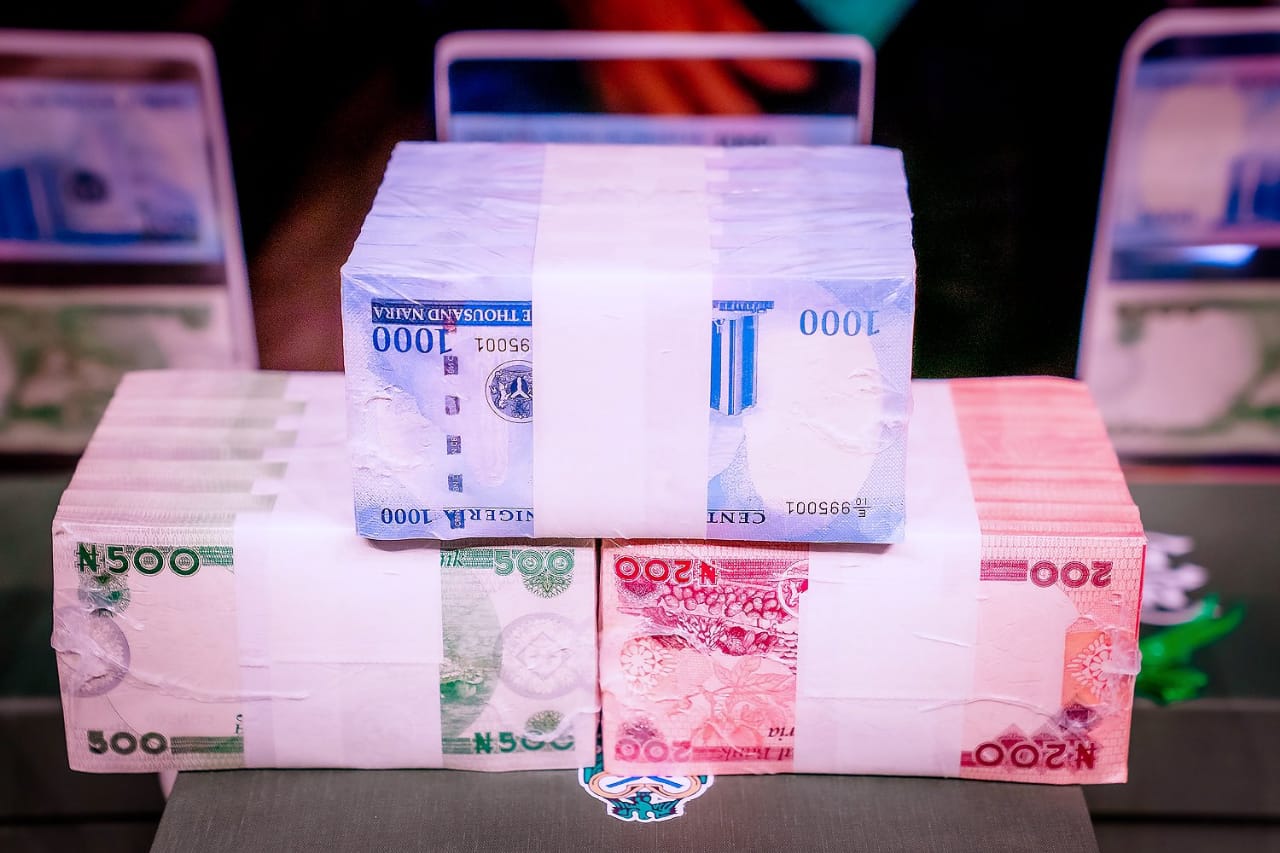The Naira experienced a significant loss, dropping more than N100 against the U.S. dollar in the official market, even as Nigeria reported a slower headline inflation rate for August.
Official Exchange Rate Movements
Data from the Nigerian Autonomous Foreign Exchange Market (NAFEM) revealed that the local currency was traded at N1,656 per dollar, a sharp increase from the N1,546 per dollar observed on Monday. In contrast, the parallel market saw a slight appreciation of the Naira, which traded at N1,660 per dollar, up by N5 from the previous rate of N1,665.
This depreciation coincides with a trend of declining headline inflation for the second consecutive month, largely attributed to reduced food prices during the harvest season.
Inflation Trends
The Nigerian Bureau of Statistics (NBS) reported that the headline inflation rate for August dropped to 32.15%, down from 33.40% in July. Food inflation also showed a decrease, falling to 37.52% from 39.53% in the previous month. This easing of inflation offers a glimmer of hope for consumers facing rising costs.
U.S. Dollar Strengthens Ahead of Federal Reserve Meeting
On the international front, the U.S. dollar gained traction against most currencies, including the Naira, following the release of stronger-than-expected U.S. retail sales data. This development has shifted focus to the upcoming Federal Reserve meeting.
Market Reactions
The U.S. Dollar Index, which measures the dollar’s strength against a basket of six major currencies, rose by 0.199% to 100.90. Market speculation surrounding potential Federal Reserve rate cuts has intensified, with futures indicating a 63% chance of a 50-basis point cut—a significant jump from 30% just a week ago. Meanwhile, the prospect of a more modest 25-basis point cut remains at 37%.
Despite the optimistic outlook for a rate cut, analysts caution that the Fed may opt to maintain a conservative approach, especially in light of strengthening labor market conditions.
Economic Indicators and Future Outlook
Additional economic indicators suggest that the Fed may face challenges in implementing aggressive rate cuts. U.S. business inventories increased by 0.3% in July, and factory production rebounded in August, indicating stability in the economy.
Investors are keenly awaiting the Federal Reserve’s decisions, with the last rate cut occurring in March 2020 as a response to the COVID-19 pandemic. While Nigeria anticipates potential foreign capital inflows later this year, the prevailing economic conditions suggest that substantial rate cuts from the Fed are unlikely.
With these developments, market dynamics continue to evolve, and analysts are advised to remain cautious about predicted future rate movements.
Source: NairaMetrics


















